Restoring a classic car is a dream that pulls many of us in. The thought of rescuing a tired old machine, bringing it back to its glory days, and rolling it proudly out of the garage is intoxicating. But reality often hits like a hammer: some projects will eat up more money and time than you’ll ever get back. Others are so far beyond your skill set they’ll leave you stranded with a half-finished shell. Here’s a closer look at car restoration projects that rarely pay off, with real-world examples of dreams that turned sour.
Rust-Bucket Muscle Cars

There’s nothing quite like the sight of a 1969 Camaro or 1970 Charger sitting in a field, covered in surface rust and begging for a second life. But rust is like an iceberg: what you see is only a fraction of the problem. Hidden floor pan holes, rotten trunk supports, and compromised frames make these projects money pits. Plenty of enthusiasts have dumped $50,000 into restoring a common Mustang Fastback, only to sell it years later for $30,000. Unless it’s a rare model like a Shelby GT500 or Hemi-powered Mopar, rusty muscle cars rarely justify the mountain of time and cash they demand.
Forgotten Four-Door Classics
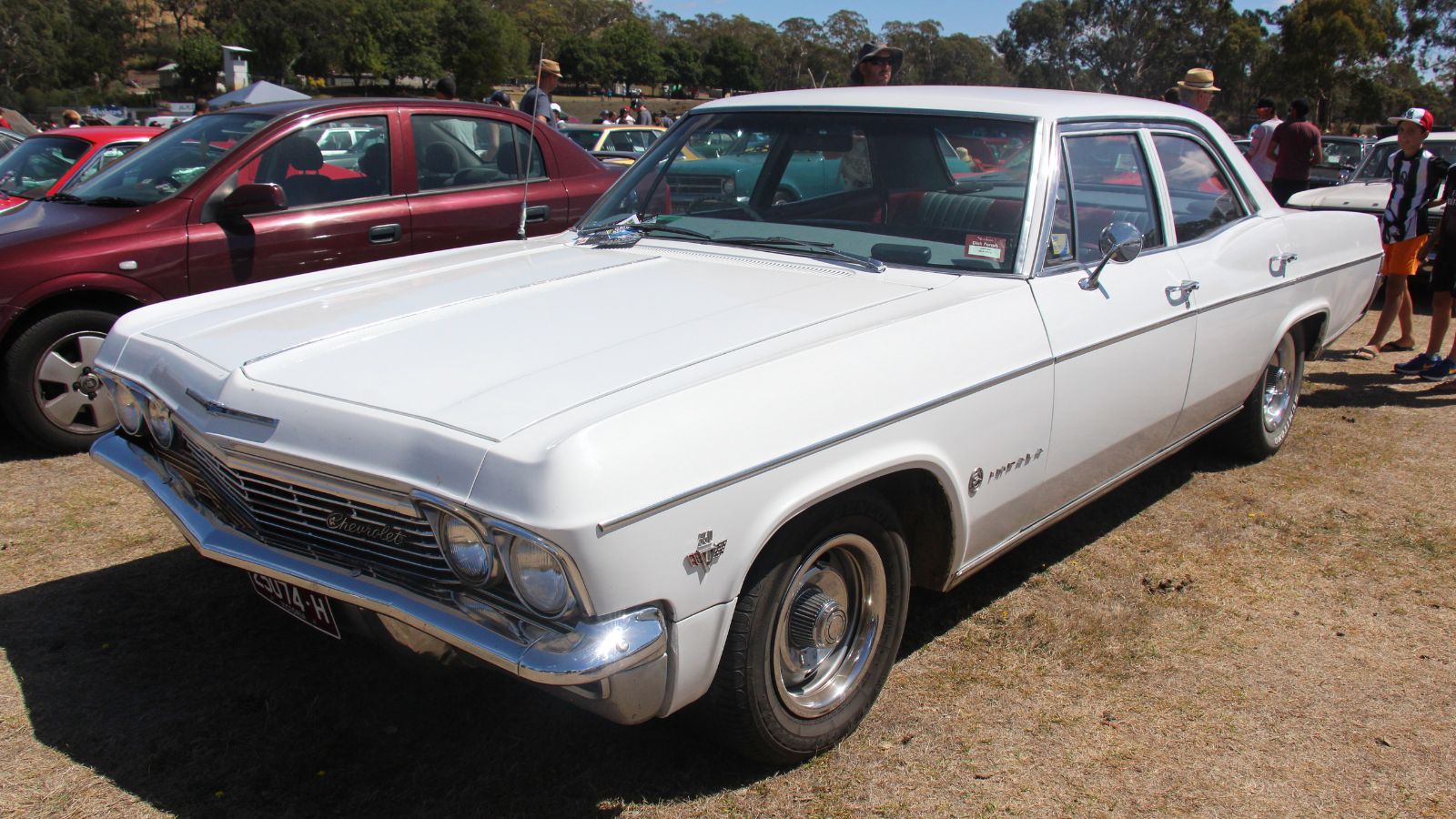
It’s easy to get tempted by a four-door version of a popular car. After all, a 1965 Impala sedan looks just as cool as the coupe when it’s freshly painted, right? The problem is buyers don’t agree. Collectors chase two-doors, convertibles, and special editions, not sedans that once ferried kids to school. Restoring one might bring you joy, but you’ll almost always spend more than it’s worth. For instance, a mint-condition 1960s Dodge Dart four-door might fetch a few thousand dollars—barely scratching the surface of restoration costs.
Worn-Out Exotics
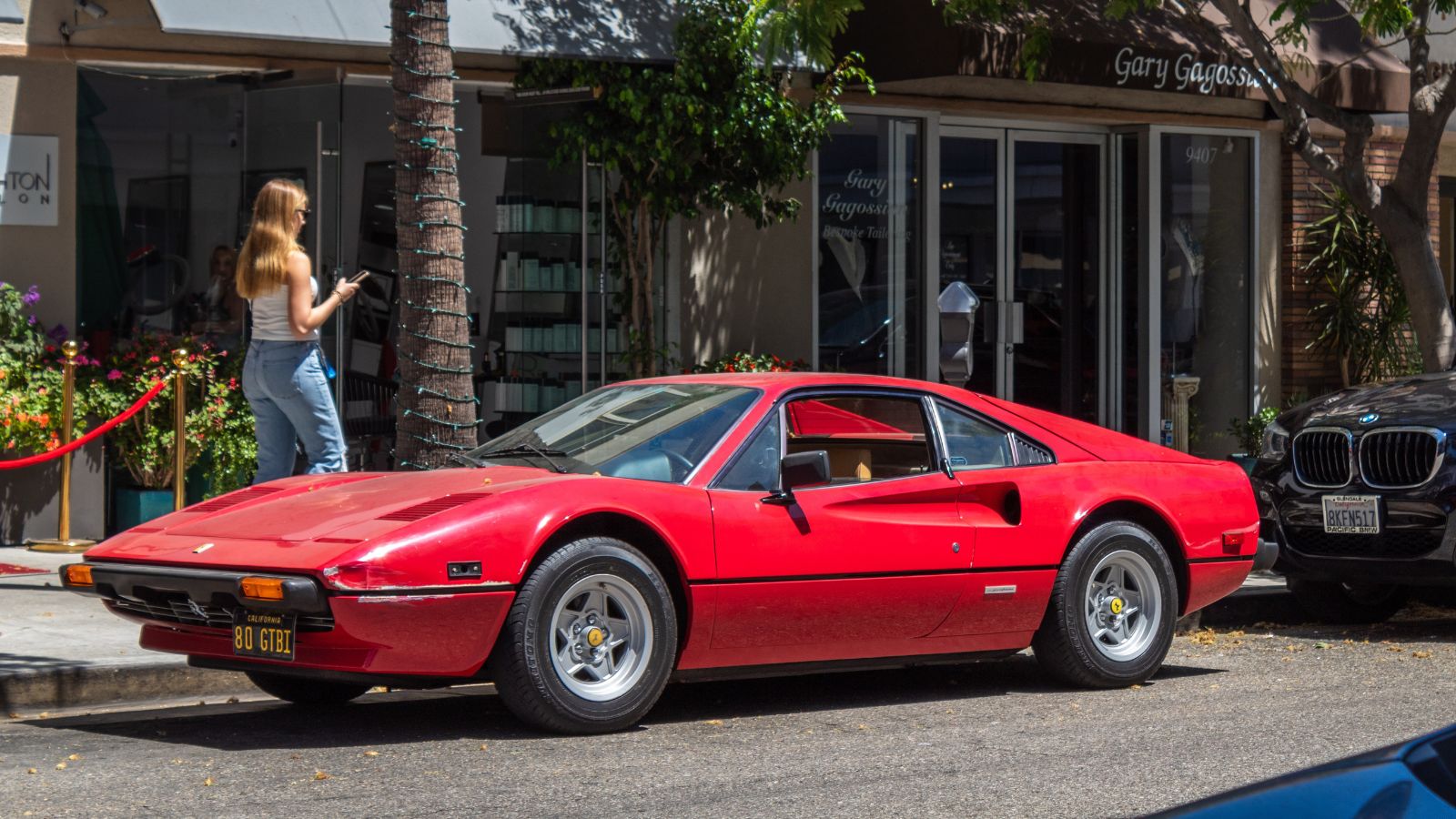
That dusty Ferrari 308 or Maserati Biturbo for $15,000 looks like a dream bargain until you start writing checks. Parts for Italian exotics can cost as much as an entire used family sedan, and finding specialists who will even touch them is a challenge. Stories abound of owners who snapped up “cheap” Lotus Esprits only to face $20,000 engine rebuilds or impossible-to-find electrical components. These projects are notorious for draining bank accounts while delivering very little return—unless you’re willing to sink the cost of a house remodel into your garage.
Overambitious Engine Swaps
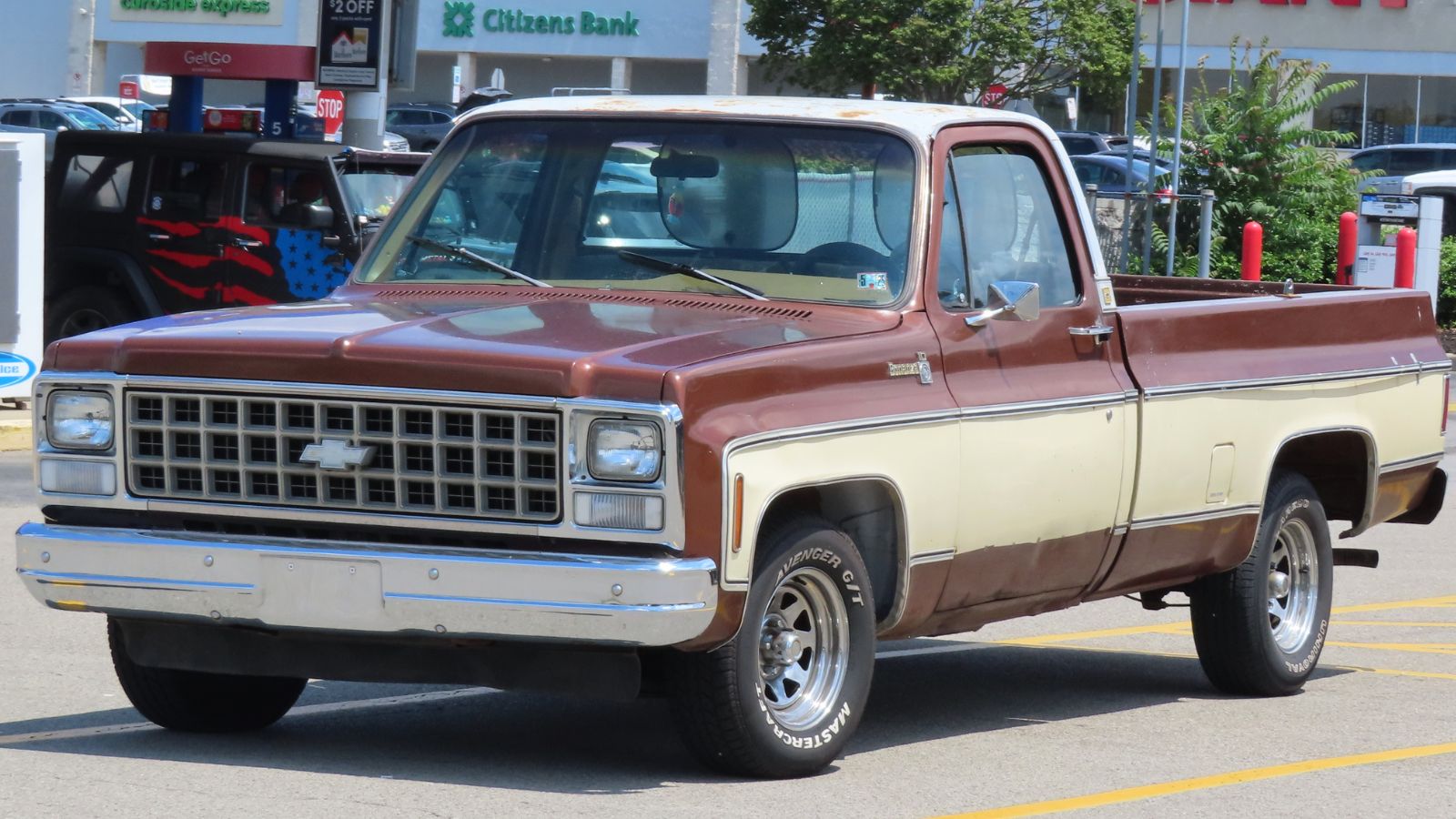
Dropping an LS V8 into an old pickup sounds like a fun weekend project, but unless you’re an experienced fabricator, it’s a recipe for unfinished business. Custom engine mounts, transmission adaptations, ECU tuning, and cooling solutions are far from “plug and play.” Countless enthusiasts have started swaps only to stall out when the wiring harness turns into a spaghetti nightmare. It’s no coincidence that Facebook Marketplace is full of half-finished projects listed as “90% done, just needs wiring.” The truth is that final 10% is the hardest part and often the reason the project gets abandoned.
Projects Beyond Your Skill Set
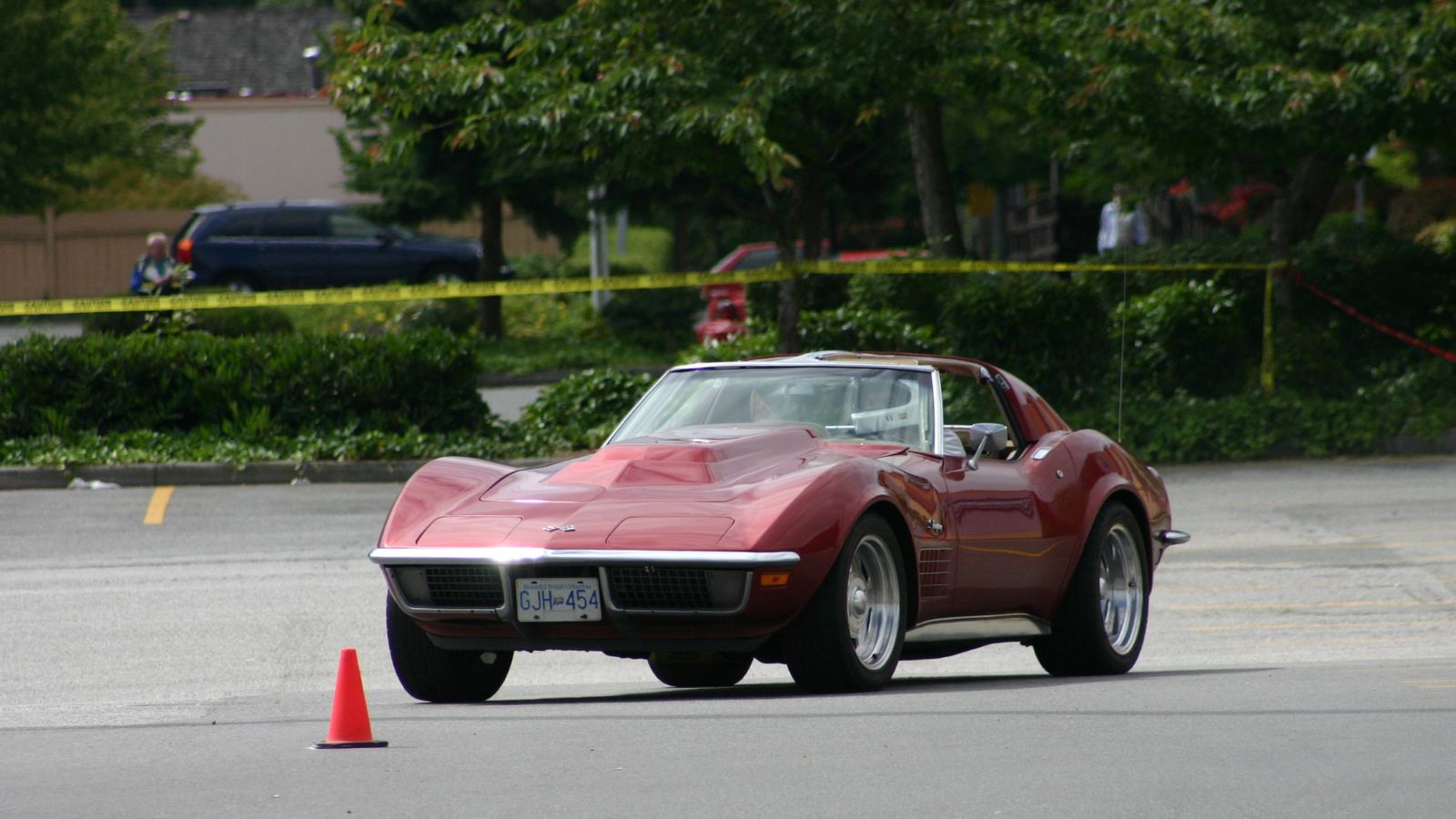
Bodywork and welding are art forms. Upholstery and wiring are sciences. Most new restorers underestimate both. Hiring professionals to handle everything you can’t do can easily triple your budget. One man’s story about restoring a 1970 Corvette illustrates the point: he started with optimism, but between paint, chrome plating, seat covers, and an electrical system overhaul, he burned through $60,000. The finished car was worth $35,000 on a good day. Skills matter, and if you don’t have them, the money sink gets deep fast.
Cars With No Parts Support
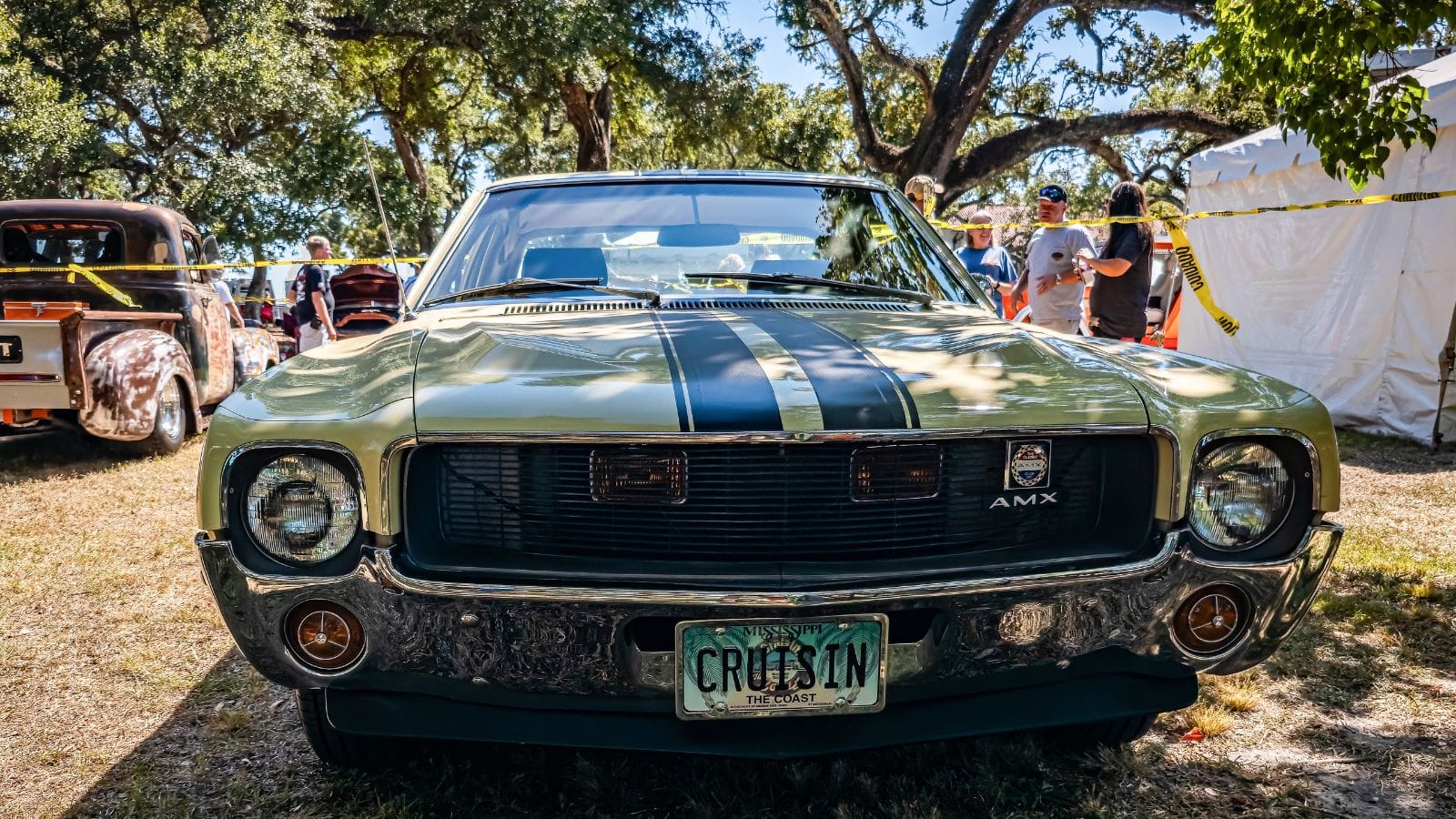
Enthusiasts sometimes fall in love with obscure brands, like old AMC models or imported Peugeots, only to discover that parts availability is a nightmare. Without reproduction parts, you’re left scouring swap meets or paying for custom fabrication. A simple trim piece can end up costing more than the car itself. A restorer who tackled a 1974 Jensen Interceptor once admitted he spent two years searching for a single rear lens, paying thousands for the privilege. Unless you have unlimited patience and funds, projects with no aftermarket support are best avoided.
Time Sink Projects

Restorations aren’t measured in weekends—they’re measured in years. It’s all too common for life to get in the way. That dream project, stripped to bare metal, ends up languishing under a tarp while family, work, or money problems take priority. When you finally return to it, the enthusiasm is gone and the cost of picking up where you left off has doubled. A classic Mustang forum is full of members admitting their “two-year project” turned into a 15-year saga that never ended. Time is often the most underestimated cost of all.
When It Makes More Sense to Buy Finished
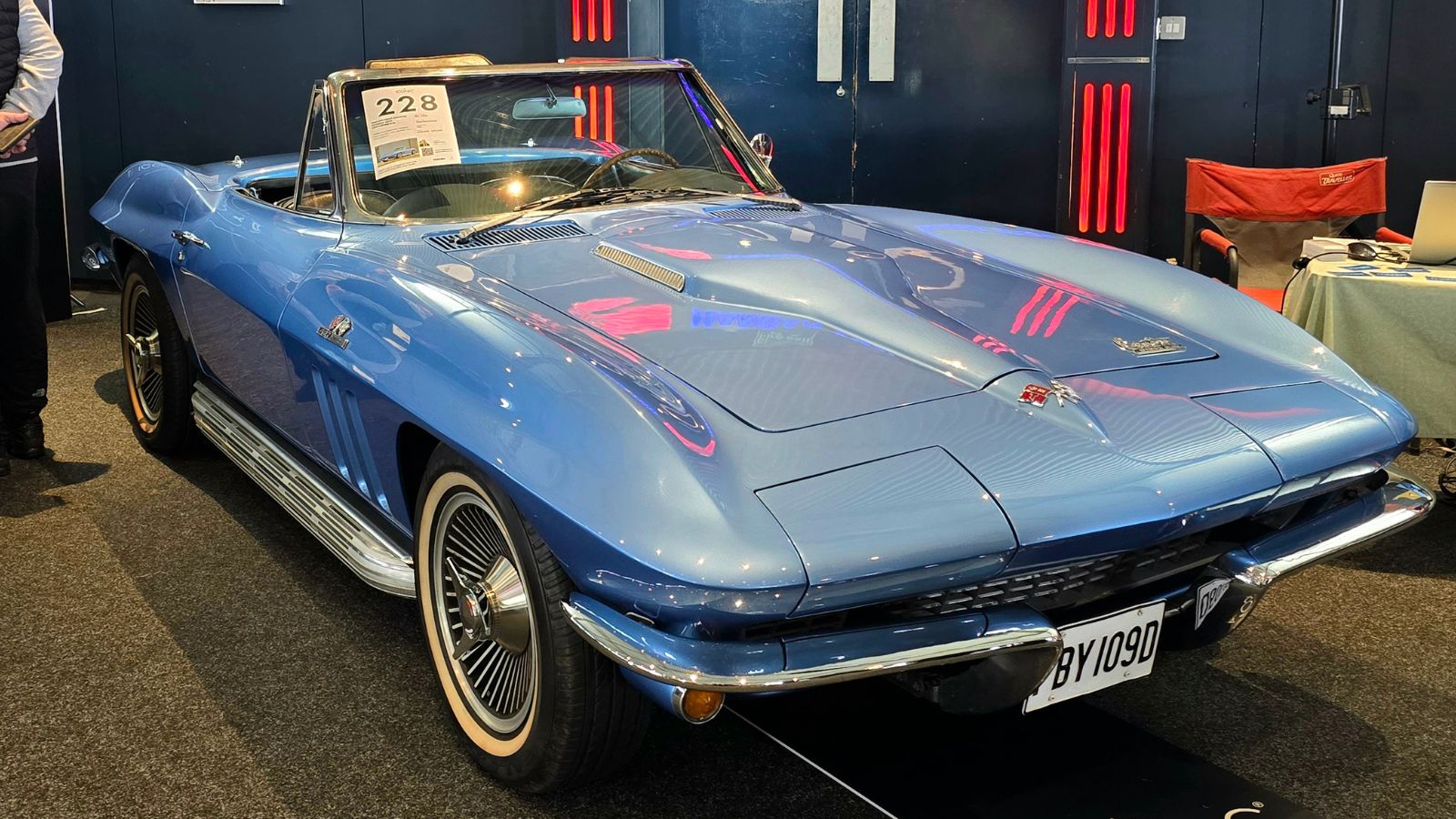
Sometimes, the smartest move is to buy a car that’s already restored. Take first-generation Camaros or C2 Corvettes—plenty are available in ready-to-drive condition, often for less money than it would take to restore a rough example. For every romantic success story, there are dozens of enthusiasts who wish they had just bought the finished car instead of wrestling with endless bills, backorders, and burnout. If your goal is to enjoy the drive, buying a done car can save you thousands of hours and dollars.
The Dream vs. The Reality

Television makes restorations look easy, but what you don’t see are the armies of skilled techs, massive budgets, and sponsorships behind the scenes. For the average enthusiast, the reality is sobering. The dream of driving a fully restored machine is powerful, but the costs, skills, and time required often outweigh the reward. Unless the car has personal sentimental value—or is a genuinely rare model—most projects end up draining more than they give back.
25 Facts About Car Loans That Most Drivers Don’t Realize

Car loans are one of the most common ways people fund car purchases. Like any other kind of loan, car loans can have certain features that can be regarded as an advantage or a disadvantage to the borrower. Understanding all essential facts about car loans and how they work to ensure that you get the best deal for your financial situation is essential. Here are 25 shocking facts about car loans that most drivers don’t realize:
25 Facts About Car Loans That Most Drivers Don’t Realize
